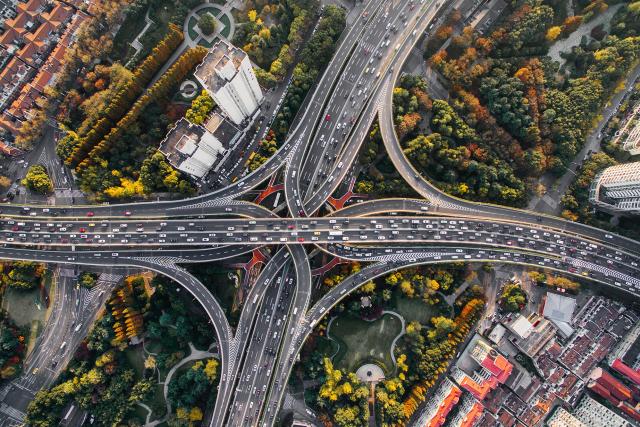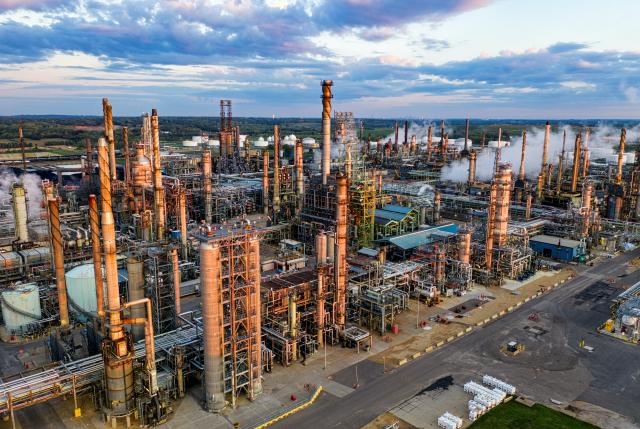Emissions are the first and fundamental step in the entire air quality modelling chain. They arise from direct and indirect sources and need to be quantified to assess impact and trends. The activities of the VITO emission modelling team focus on delivering the best possible data, both as an input for emission (trend) analysis or air quality models. The emission models can be roughly divided into two groups, based on the logic behind the model and the model objective:
- The first type of models targets a specific sector and is used to compile a sectoral emission inventory. These models are often bottom-up models, using basic activity data and the physical and chemical laws behind the processes in the respective sectors to calculate emissions factors.
- The second type of models transform or pre-process the emission inventories into the correct input format for air quality models. These modelling tools are mostly dealing with a combination of top-down and bottom-up emission inventories to provide the best available information as input for the modelling chain.
Model portfolio
E-MAP (or Emission-MAPper) is the beating heart of the emission modelling activity. The model spatially allocates the internationally and officially reported emissions in a standardised way which can be used by different types of air quality models.
FASTRACE is the highly performant road transport model developed within the VITO emissions team which is a direct input for E-MAP but can also be used to calculate local, national, and international road transport scenarios and future prognoses.
Finally, EISS is a multi-functional VITO desktop software with applications in Belgium and abroad. In the Flemish context, it is used for bottom-up calculations for shipping (EISSA) and for the residential sector (EISSA-B). Several model applications can be found on the respective model pages.
Emission trends
All our sector specific models are used for emission trend analyses and the development of future emission projections.
This way, the emission team contributes to the increasing scientific knowledge that supports important policy decisions in the road to a healthier and more sustainable planet.
Projects include the calculation of the impact of low emission zones, the impact of changing the local car fleet, contributions to the regional air and climate plans, etc.
In the context of these projections, the emission experts can also rely on the industrial prognosis toolbox which is dedicated to prognoses of industrial emissions to air. This recent addition to our emission model portfolio is a powerful toolbox for calculating industrial emission trends in various applications.
Key applications
- Emission inventory support
- Input air quality models
- Emission scenario calculations
- Future emission trends






